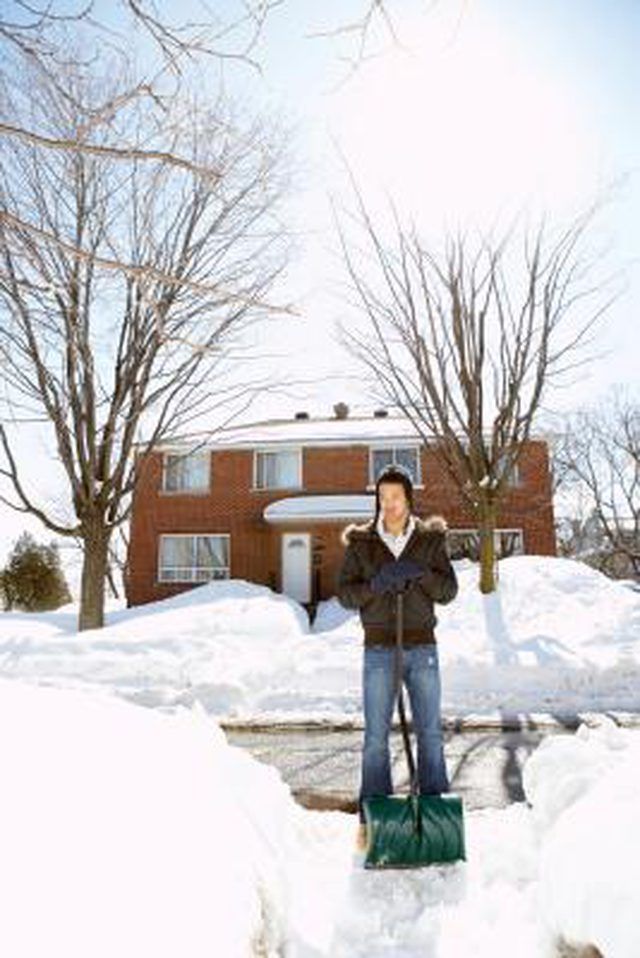Bulbs
Flower Basics
Flower Beds & Specialty Gardens
Flower Garden
Garden Furniture
Garden Gnomes
Garden Seeds
Garden Sheds
Garden Statues
Garden Tools & Supplies
Gardening Basics
Green & Organic
Groundcovers & Vines
Growing Annuals
Growing Basil
Growing Beans
Growing Berries
Growing Blueberries
Growing Cactus
Growing Corn
Growing Cotton
Growing Edibles
Growing Flowers
Growing Garlic
Growing Grapes
Growing Grass
Growing Herbs
Growing Jasmine
Growing Mint
Growing Mushrooms
Orchids
Growing Peanuts
Growing Perennials
Growing Plants
Growing Rosemary
Growing Roses
Growing Strawberries
Growing Sunflowers
Growing Thyme
Growing Tomatoes
Growing Tulips
Growing Vegetables
Herb Basics
Herb Garden
Indoor Growing
Landscaping Basics
Landscaping Patios
Landscaping Plants
Landscaping Shrubs
Landscaping Trees
Landscaping Walks & Pathways
Lawn Basics
Lawn Maintenance
Lawn Mowers
Lawn Ornaments
Lawn Planting
Lawn Tools
Outdoor Growing
Overall Landscape Planning
Pests, Weeds & Problems
Plant Basics
Rock Garden
Rose Garden
Shrubs
Soil
Specialty Gardens
Trees
Vegetable Garden
Yard Maintenance
What Happens to Plant Life During the Winter?
What Happens to Plant Life During the Winter?. Winter is a season of little or no growth, especially in temperate areas where snow and ice are common. Most plants appear dead in the winter, although this is not always the case.

Winter is a season of little or no growth, especially in temperate areas where snow and ice are common. Most plants appear dead in the winter, although this is not always the case.
Annuals
Annual plants like impatiens do die when late fall and winter arrive. Annual plants have a life cycle that lasts for only one growing season, and once they have produced seeds, the plant will die off to make way for a new generation of life the following spring.
Perennials
Perennial plants like trees do not die during the winter, but enter a type of hibernation or dormancy. When fall arrives and the plant's growth for the season slows and stops, it drops its leaves and enters a dormant state. Perennial plants photosynthesize at a much slower pace during the winter to compensate for the cold temperatures and lack of sunlight.
Evergreens
Evergreen trees continue to bear their distinctive green needles throughout the year, which sets them apart from deciduous trees. The needles on evergreen trees have a waxy coating that prevents them from losing water in the winter, and their dark color allows the tree to absorb as much sunlight as possible, keeping the tree active during the winter.